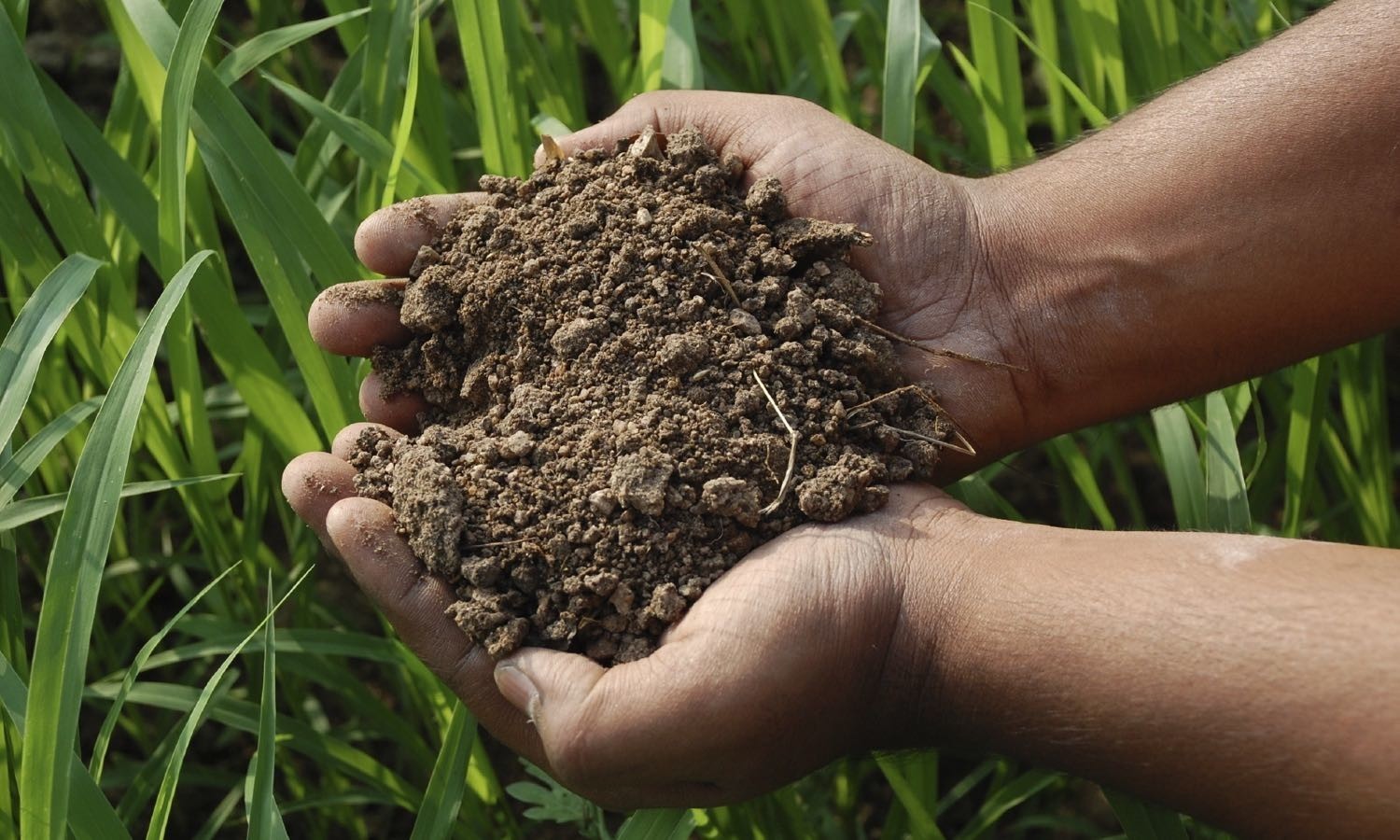A Call to Action to Save One of America’s Most Important Natural Resources
Soil plays critical roles in food security, climate mitigation, ecosystem function, and buffering against extreme weather events. Although it is essential for the stability of the planet, soil is disappearing at an alarming rate.
In the United States, estimates are that soil on cultivated cropland is eroding at an average rate of 5.2 tons per acre per year, while the average rate of soil formation falls between 0.008 and 0.51 tons per acre per year. Some parts of the Midwest are losing soil at a much faster rate, especially during extreme weather events—in some regions of the United States, erosion has been measured at over 100 tons per acre in a single storm. That means that a layer of soil that took over 350 years to form was destroyed in a single day.
Climate change is expected to increase pressure on soil as the frequency of extreme weather events increases, bringing forceful rain and flooding, which can strip away soil. Without coordinated action, the United States is on track to run out of topsoil—the medium upon which crop production depends—before the end of the 21st century.
Erosion is not the only threat to America’s soil. Many urban soils have been contaminated with lead or toxic substances, posing a threat to human health. In some cases, intensive forestry and rangeland practices have also resulted in release of substantial soil carbon into the atmosphere, slowing progress toward tackling climate change. Another threat has been the deposition of atmospheric pollutants in forests, which has leached essential nutrients from forest soils in many parts of the Nation.
In issuing a call to action for soil, OSTP seeks innovative actions from Federal agencies, academic scientists and engineers, farmers, entrepreneurs, businesses, advocates, and members of the public in a nationwide effort to impede soil loss, enhance soil genesis, and restore degraded soils.
Federal Agency Input on Soil: A New National Science and Technology Council Working Group
Under the National Science and Technology Council, OSTP has established the Soil Science Interagency Working Group (SSIWG), which will receive technical input from 15 Federal departments and agencies. This input will include identifying knowledge and technology gaps, identifying research and conservation priorities, fostering public-private collaborations, and working toward Federal actions to protect soil resources.
A National Call to Action
OSTP is issuing a nationwide call to action for farmers, scientists, entrepreneurs, engineers, advocates, and the broader public to work together to develop innovative solutions to promote soil health and protect soil from degradation. In order to meet a challenge of this scale, innovation and collaboration are needed at three key stages:

